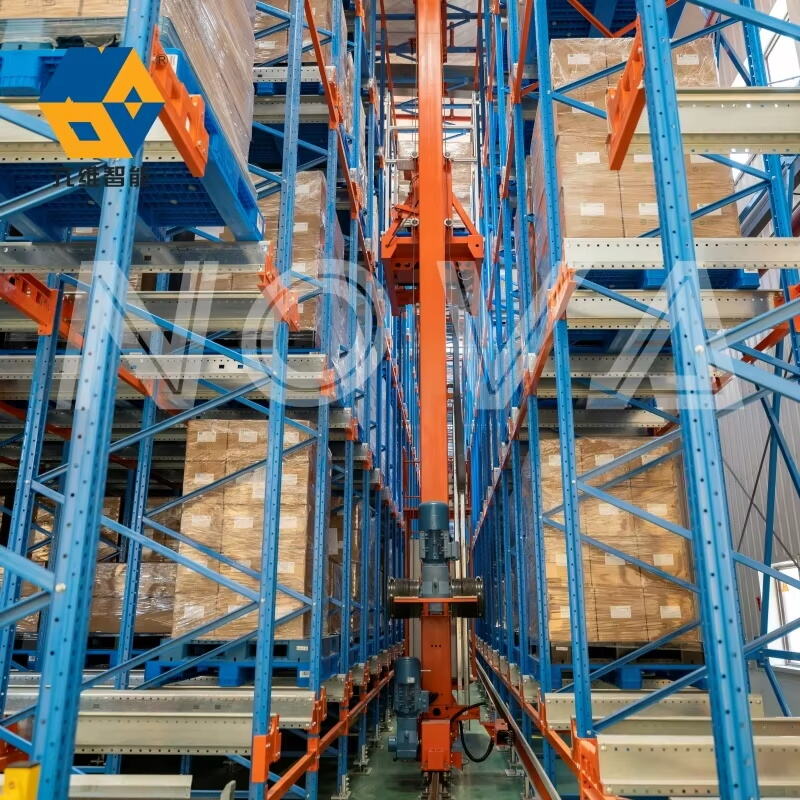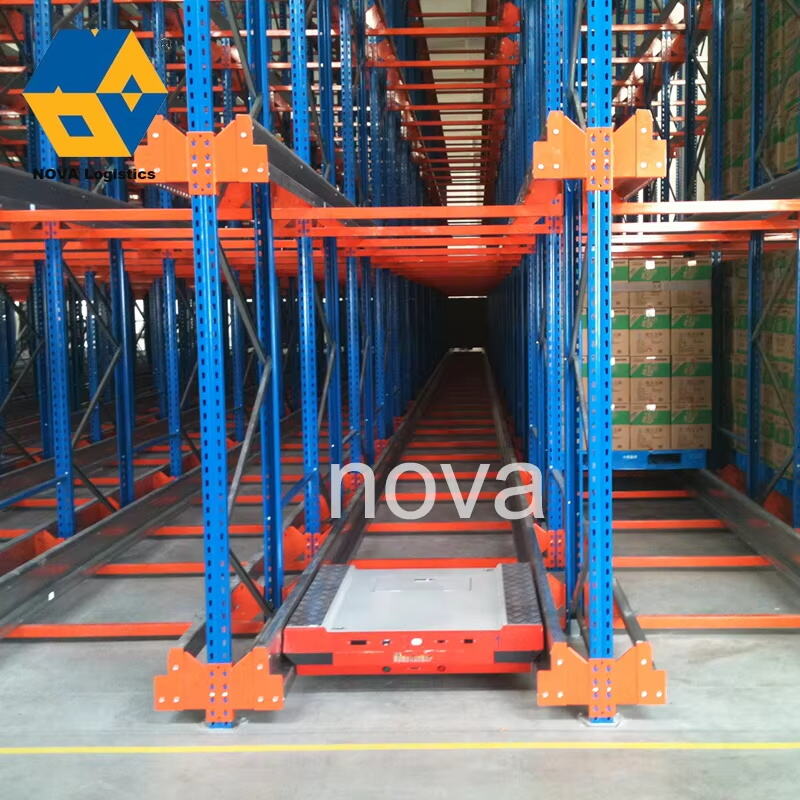Essential Factors for Drive In Racking System Selection
Drive in racking systems represent a crucial investment for warehouses and distribution centers seeking to maximize their storage density and operational efficiency. These specialized storage solutions allow forklifts to drive directly into the rack structure, enabling high-density storage of similar products. Before making this significant investment, understanding the key considerations is vital for ensuring you select a system that aligns with your operational needs and future growth plans.
The choice of drive in racking systems impacts everything from storage capacity and accessibility to safety and maintenance requirements. Whether you're expanding your existing warehouse or setting up a new facility, careful evaluation of various factors will help you make an informed decision that enhances your operations and provides long-term value.
Technical Specifications and Design Considerations
Load Capacity and Weight Distribution
The foundation of any effective drive in racking system lies in its load-bearing capacity. Each rack must be designed to safely support the combined weight of stored products while maintaining structural integrity. Engineers must calculate not only the maximum load per pallet position but also consider the cumulative weight effect on the entire system.
Weight distribution plays a crucial role in system stability. Unlike traditional pallet racking, drive in systems concentrate loads differently due to their unique configuration. Proper analysis of floor loading requirements and rack uprights' capacity ensures safe operation and prevents potential structural issues over time.
Dimensional Requirements and Space Optimization
Drive in racking systems must be precisely dimensioned to accommodate your specific pallet sizes and handling equipment. Clearance measurements between rails, adequate entry height, and proper bay width are critical factors that affect system functionality. The wrong dimensions can lead to operational inefficiencies or safety hazards.
Space optimization extends beyond just vertical and horizontal measurements. Consider the relationship between lane depth, the number of access aisles, and overall storage density. The goal is to maximize storage capacity while maintaining practical accessibility for your material handling equipment.

Operational Efficiency and Accessibility
Traffic Flow and Forklift Compatibility
The success of drive in racking systems heavily depends on smooth traffic flow and forklift operations. The system layout must facilitate efficient movement of handling equipment, with adequate turning radiuses and clear entry/exit points. Consider the types of forklifts you currently use or plan to acquire, as their specifications will influence rack design.
Compatibility between your material handling equipment and the racking system is crucial. Ensure your forklifts have appropriate lift heights, load capacities, and maneuverability for the planned configuration. This compatibility directly impacts operational speed and safety.
Inventory Management Strategies
Drive in racking systems are particularly suited for LIFO (Last In, First Out) inventory management. Understanding your product rotation requirements helps determine the optimal lane depth and configuration. Consider seasonal variations in stock levels and product mix when planning system capacity.
Effective inventory management also requires consideration of pick rates, stock turnover, and access requirements. The system should support your specific handling patterns while minimizing the risk of product damage and maximizing storage efficiency.
Safety Features and Compliance Requirements
Structural Safety Elements
Safety is paramount in drive in racking systems, where forklifts operate within the rack structure. Essential safety features include robust guide rails, impact protection, and adequate lighting. The system should incorporate sturdy column protectors and entry guards to prevent damage from accidental collisions.
Regular inspection points and clear safety markings help maintain system integrity. Consider systems with enhanced visibility features and those designed to minimize the risk of pallet dislodgement. These safety elements protect both personnel and stored products.
Regulatory Compliance and Standards
Drive in racking systems must comply with local building codes and industry safety standards. This includes adherence to seismic requirements in applicable regions and compliance with occupational safety regulations. Working with manufacturers who maintain current certifications ensures your system meets all necessary standards.
Documentation of load ratings, maintenance requirements, and safety procedures is essential for regulatory compliance. Regular training programs for operators and maintenance staff should be considered part of the overall system implementation.
Long-term Considerations and Maintenance
Durability and Material Quality
The longevity of drive in racking systems depends significantly on material quality and construction methods. High-grade steel with appropriate protective coatings ensures resistance to wear and environmental factors. Consider systems with reinforced stress points and durable surface treatments.
Quality materials may require higher initial investment but offer better long-term value through reduced maintenance needs and extended service life. Evaluate the manufacturer's track record and material specifications carefully.
Maintenance Requirements and Accessibility
Regular maintenance is crucial for system safety and longevity. Choose designs that facilitate easy inspection and maintenance access. Consider the availability of replacement parts and local service support when selecting a system manufacturer.
Implement a preventive maintenance schedule that includes regular inspections, repairs, and component replacement as needed. This proactive approach helps prevent costly downtime and ensures continued safe operation.
Frequently Asked Questions
How do drive in racking systems compare to drive through systems?
Drive in racking systems allow access from one end only, utilizing a LIFO inventory management approach. Drive through systems, meanwhile, enable access from both ends, facilitating FIFO (First In, First Out) operations. The choice between them depends on your specific inventory management needs and space configuration.
What is the typical lifespan of a drive in racking system?
With proper maintenance and regular inspections, drive in racking systems can last 15-20 years or more. However, this depends on factors such as usage intensity, environmental conditions, and adherence to maintenance schedules. Quality systems from reputable manufacturers often exceed these expectations.
How can I determine the optimal lane depth for my drive in racking system?
Optimal lane depth depends on several factors, including product turnover rate, inventory management strategy, and available space. Consider your stock rotation needs, handling equipment capabilities, and storage requirements. Most facilities find that lanes accommodating 4-10 pallets deep provide an effective balance between storage density and accessibility.

